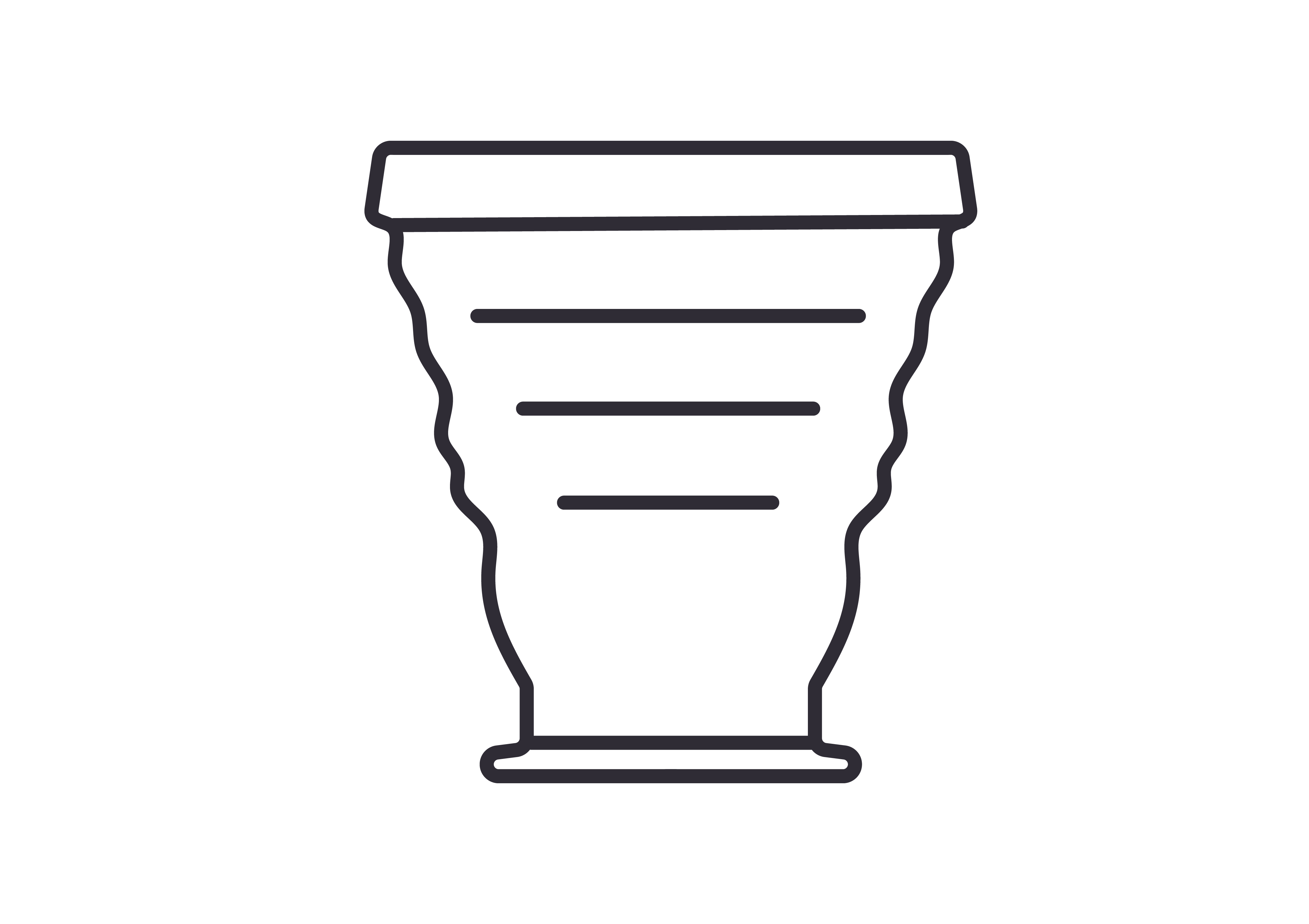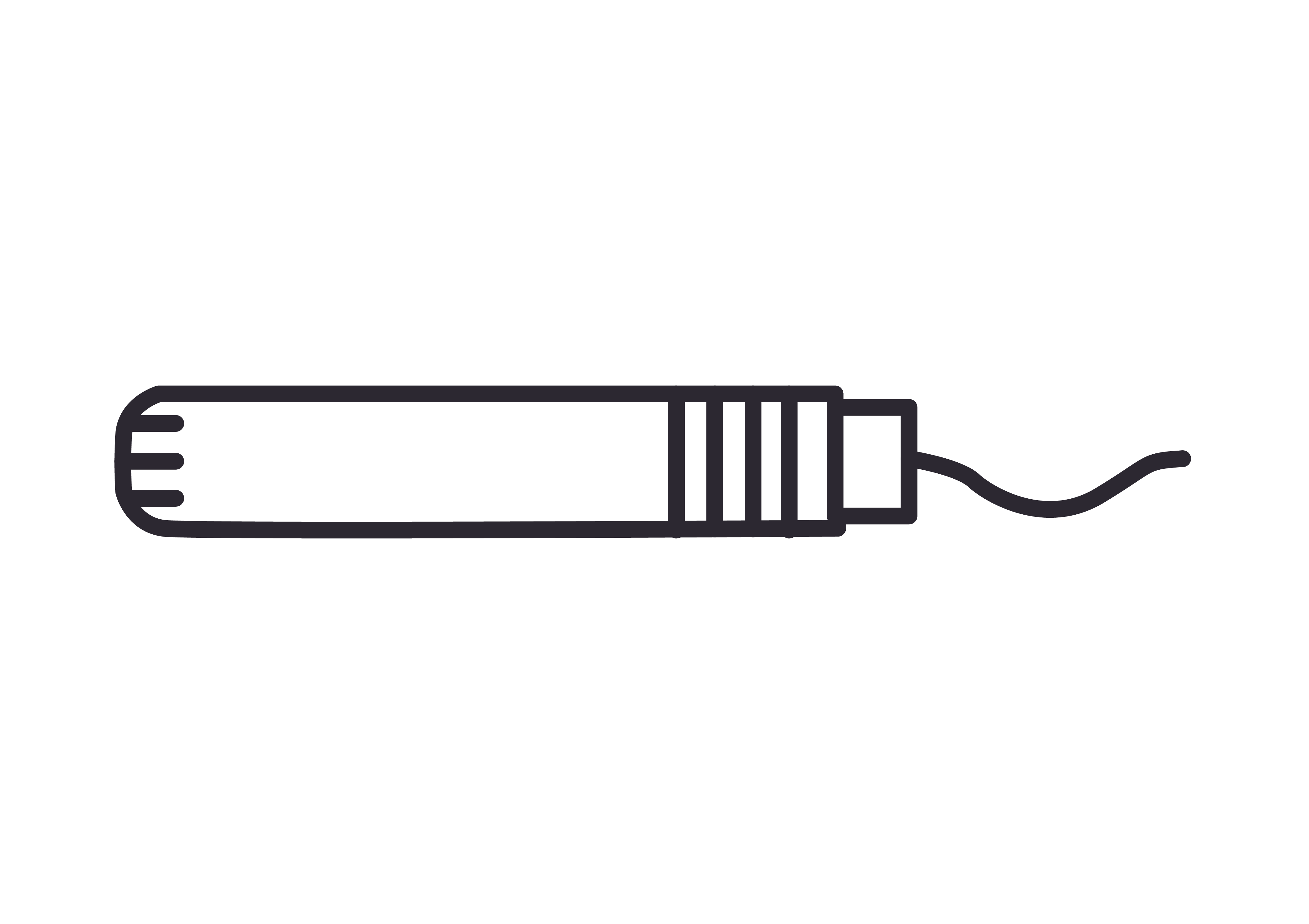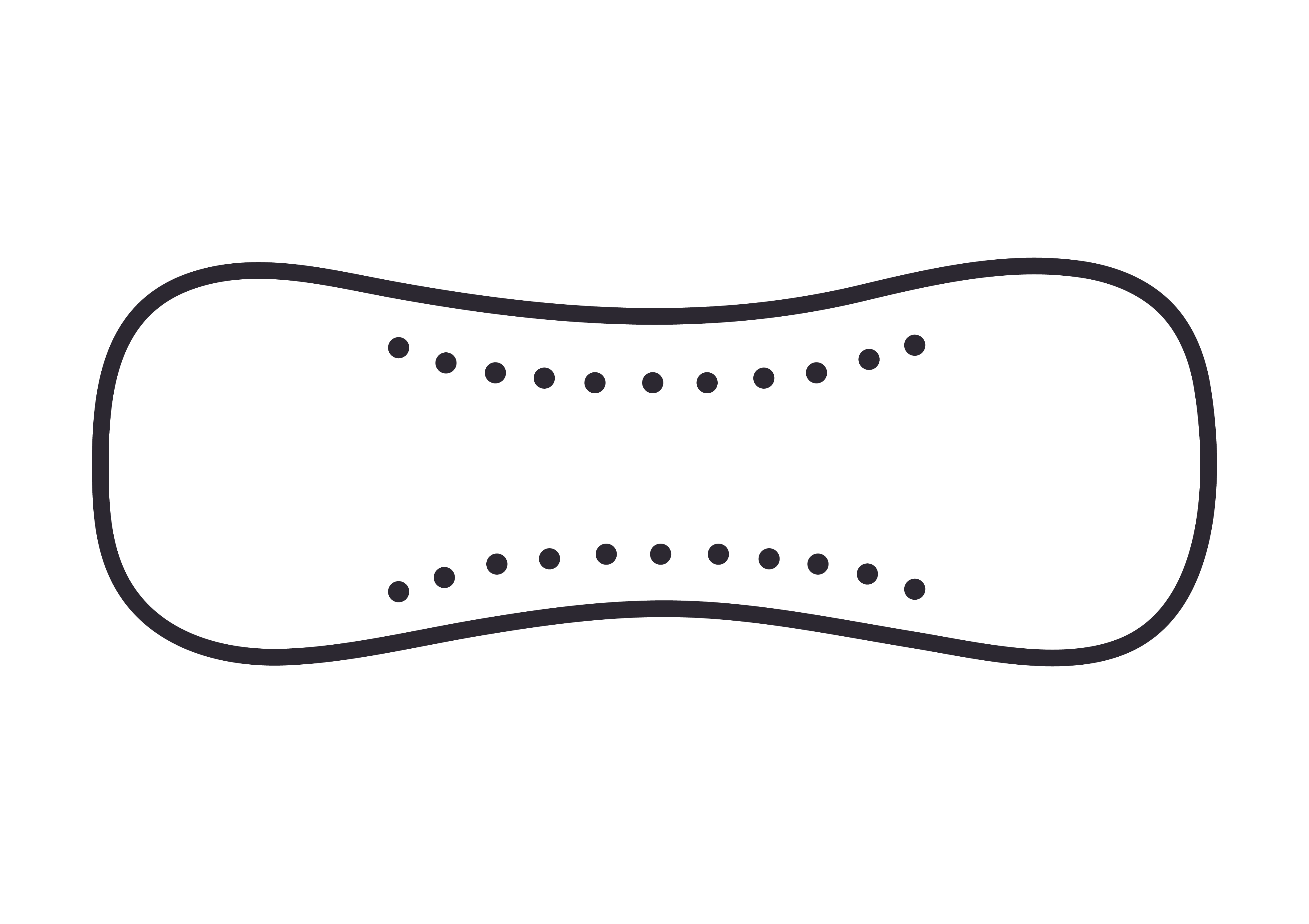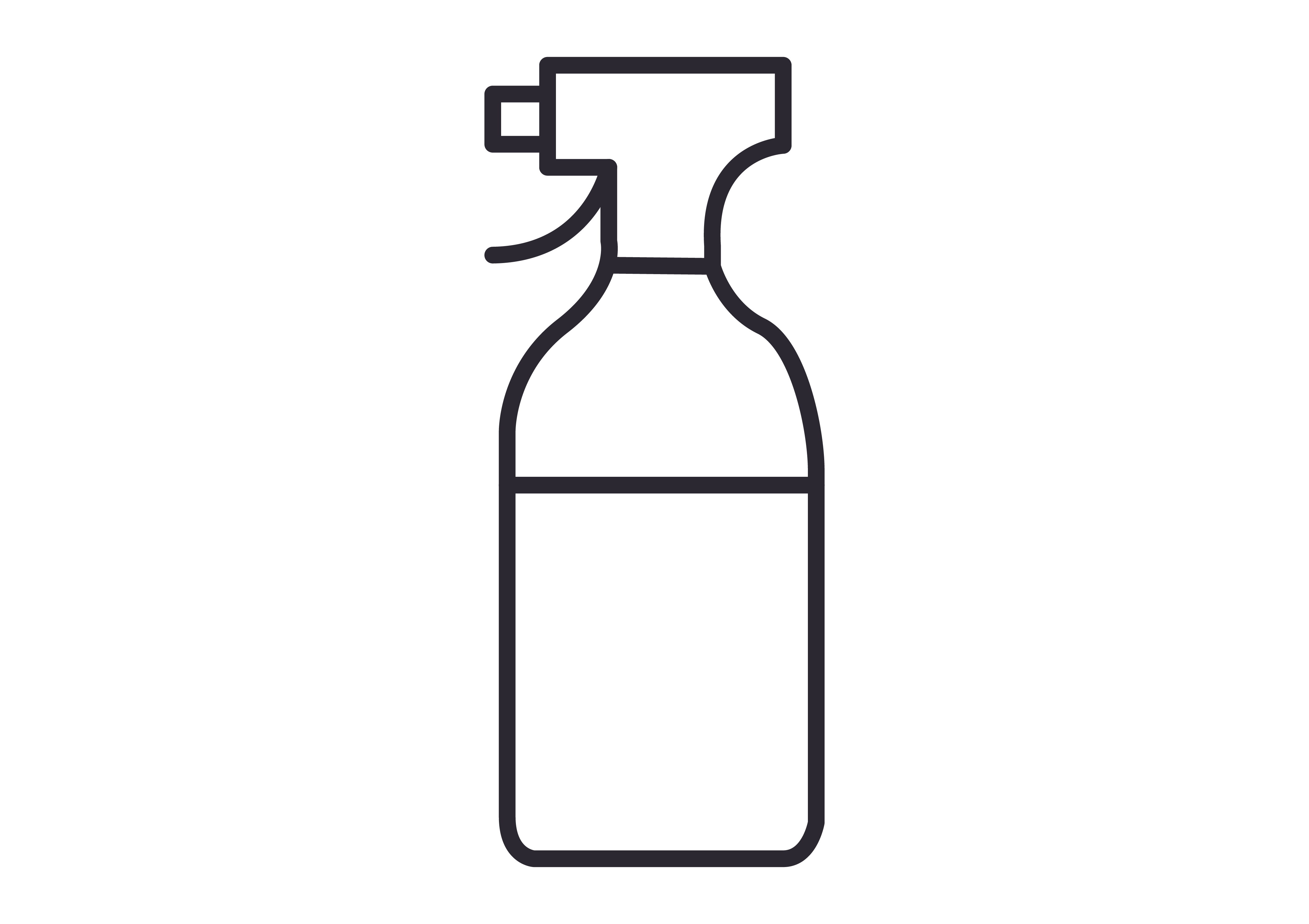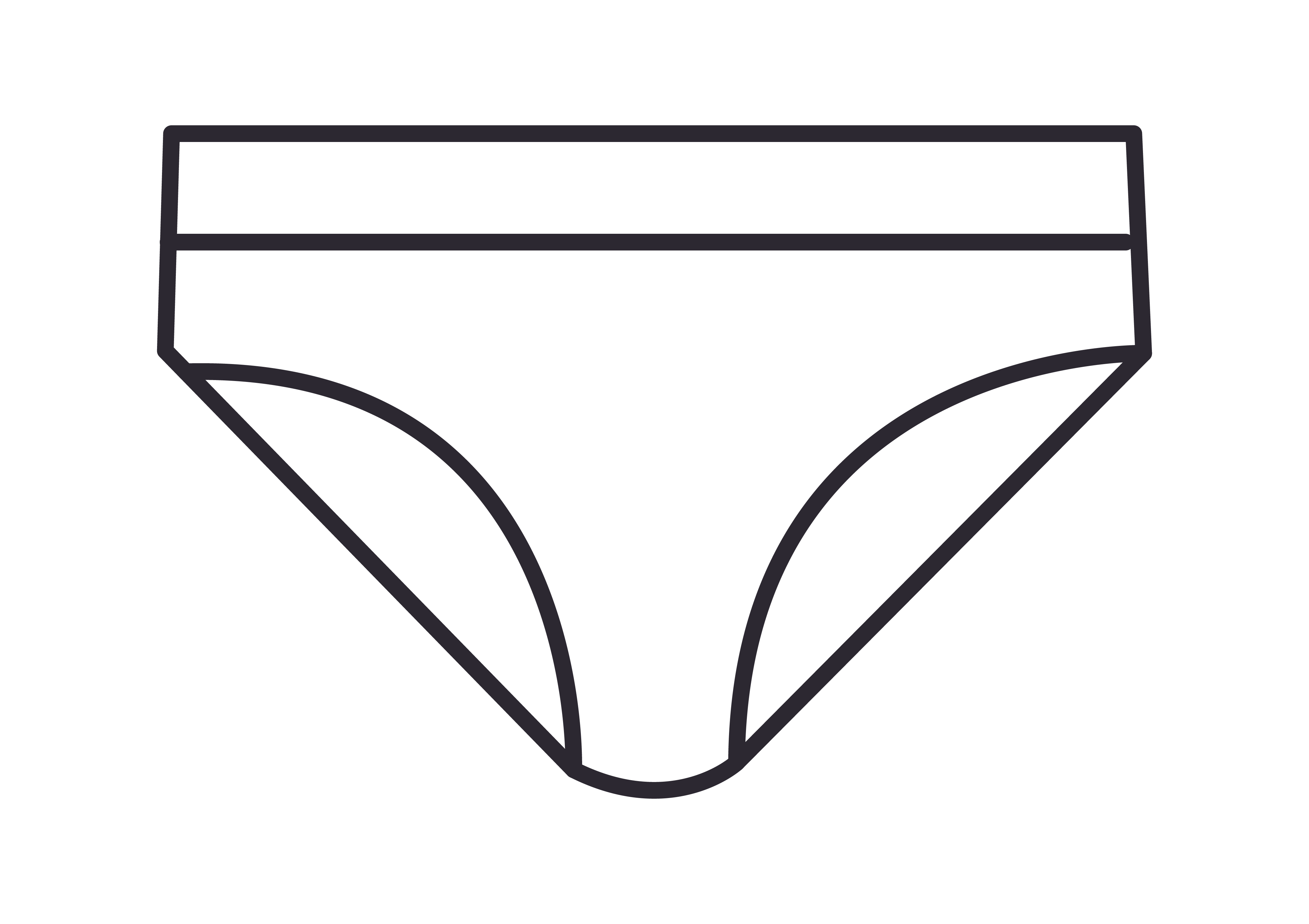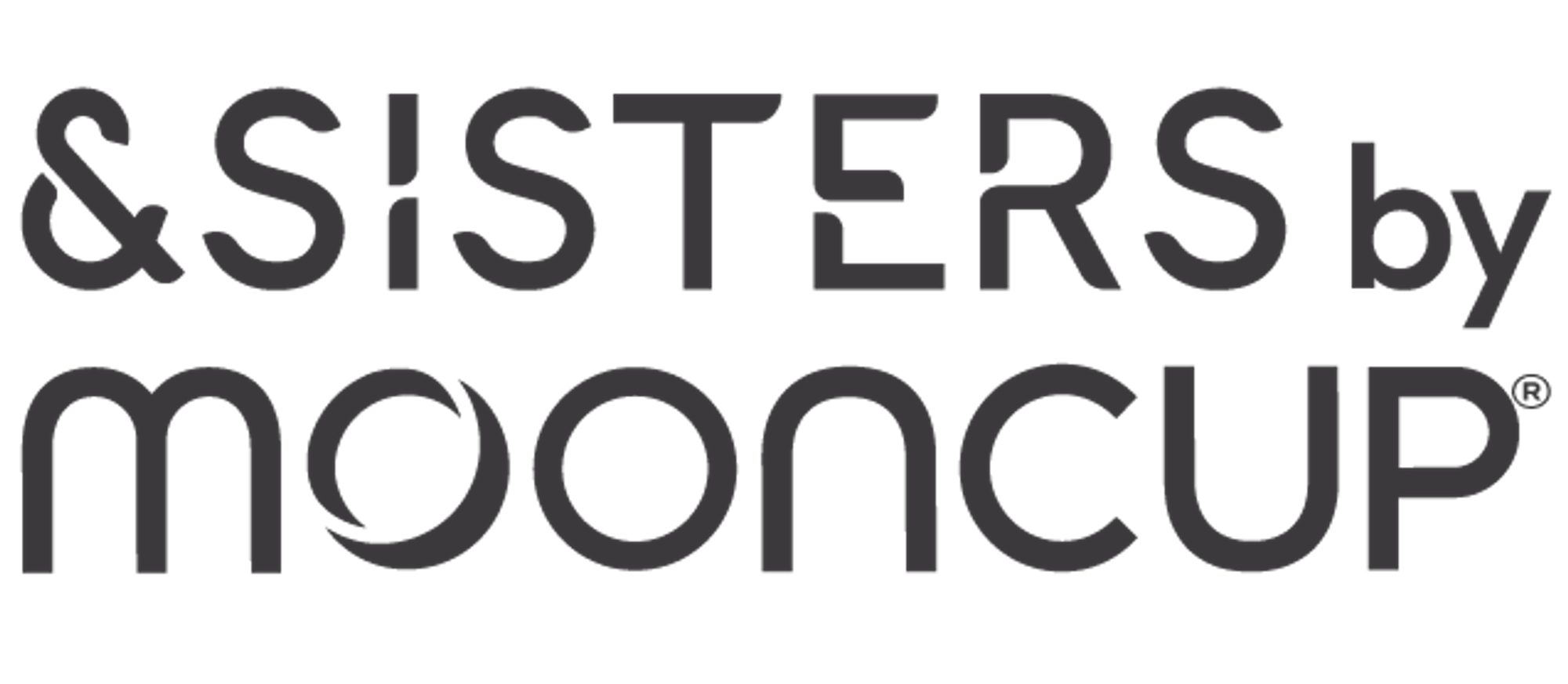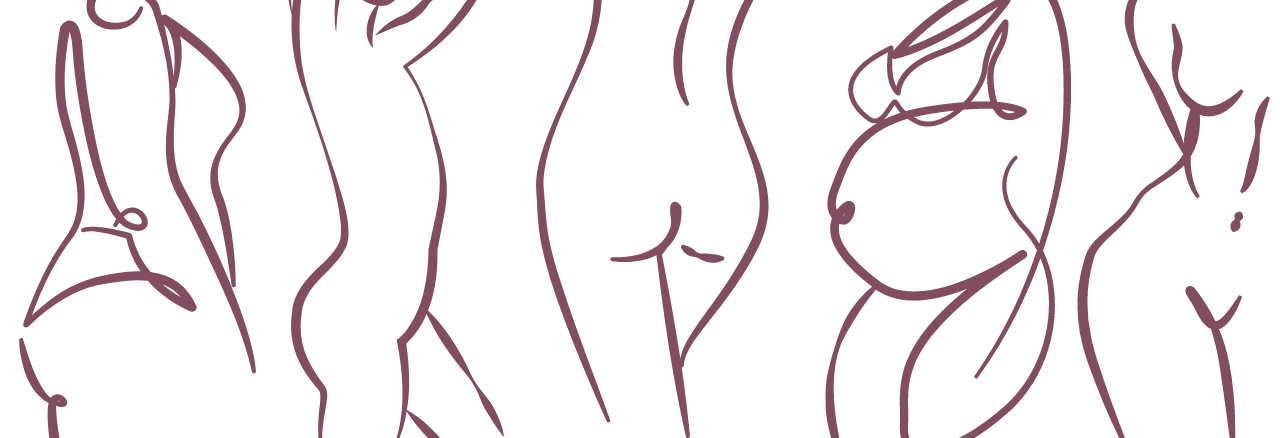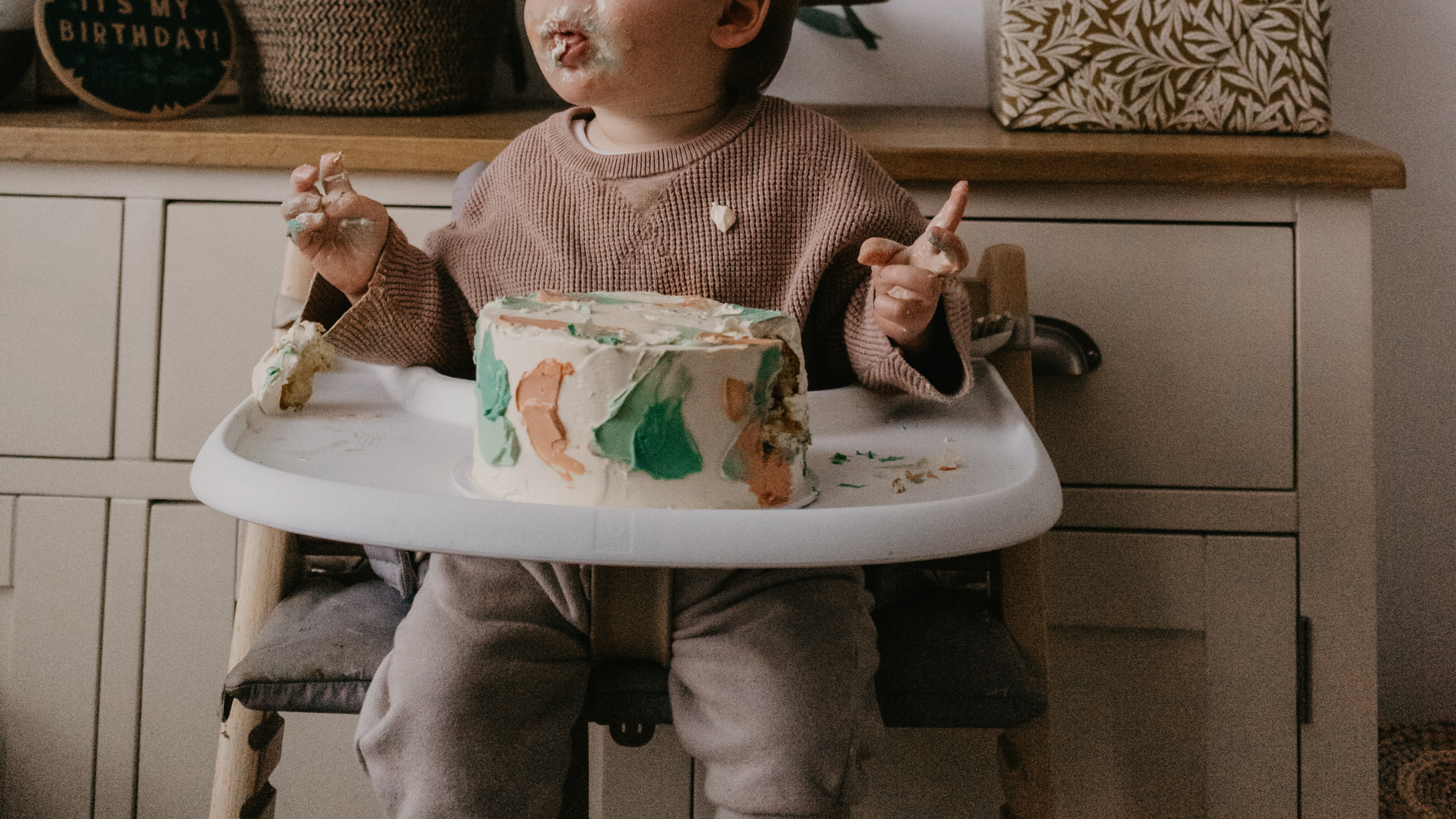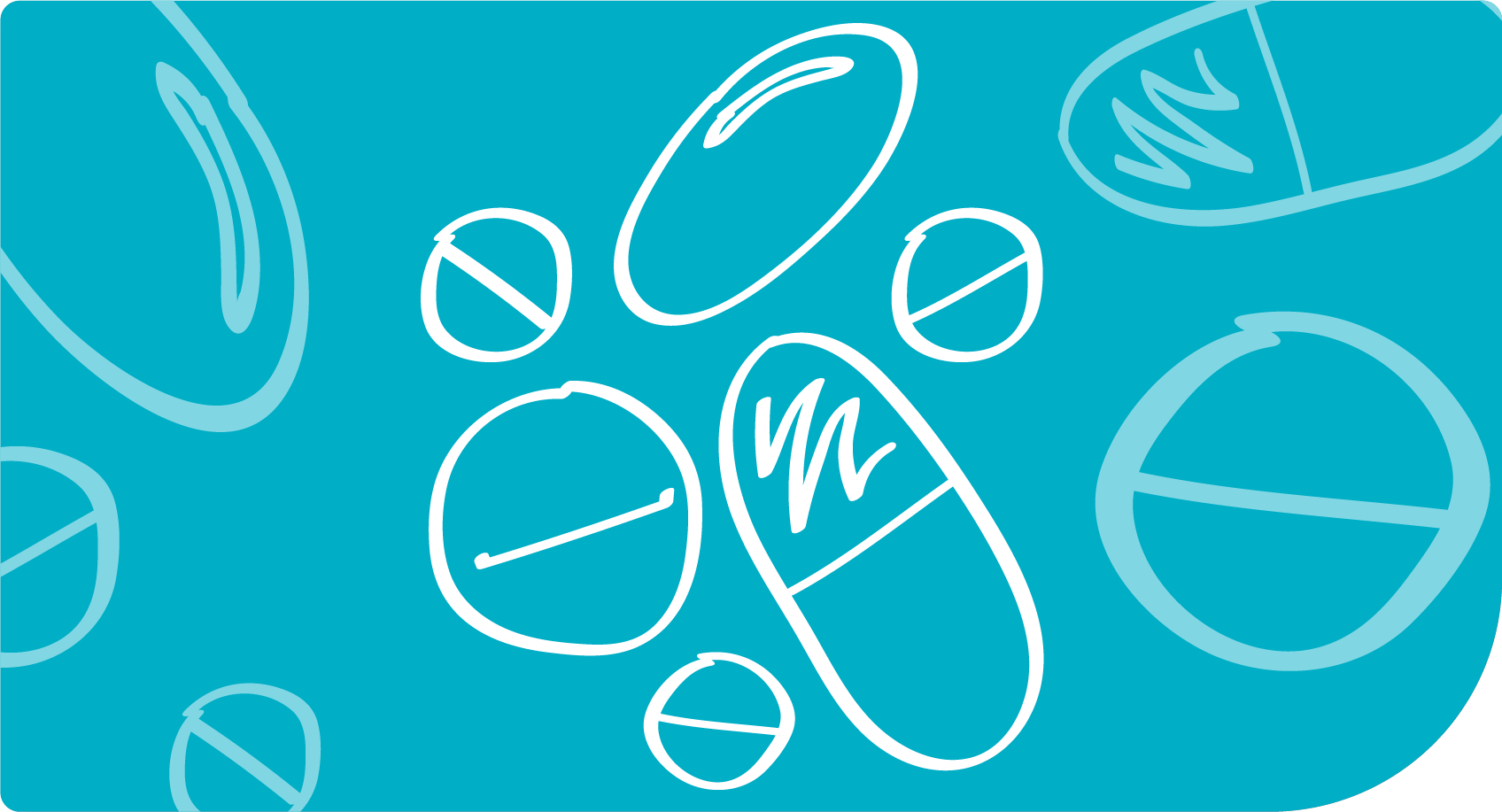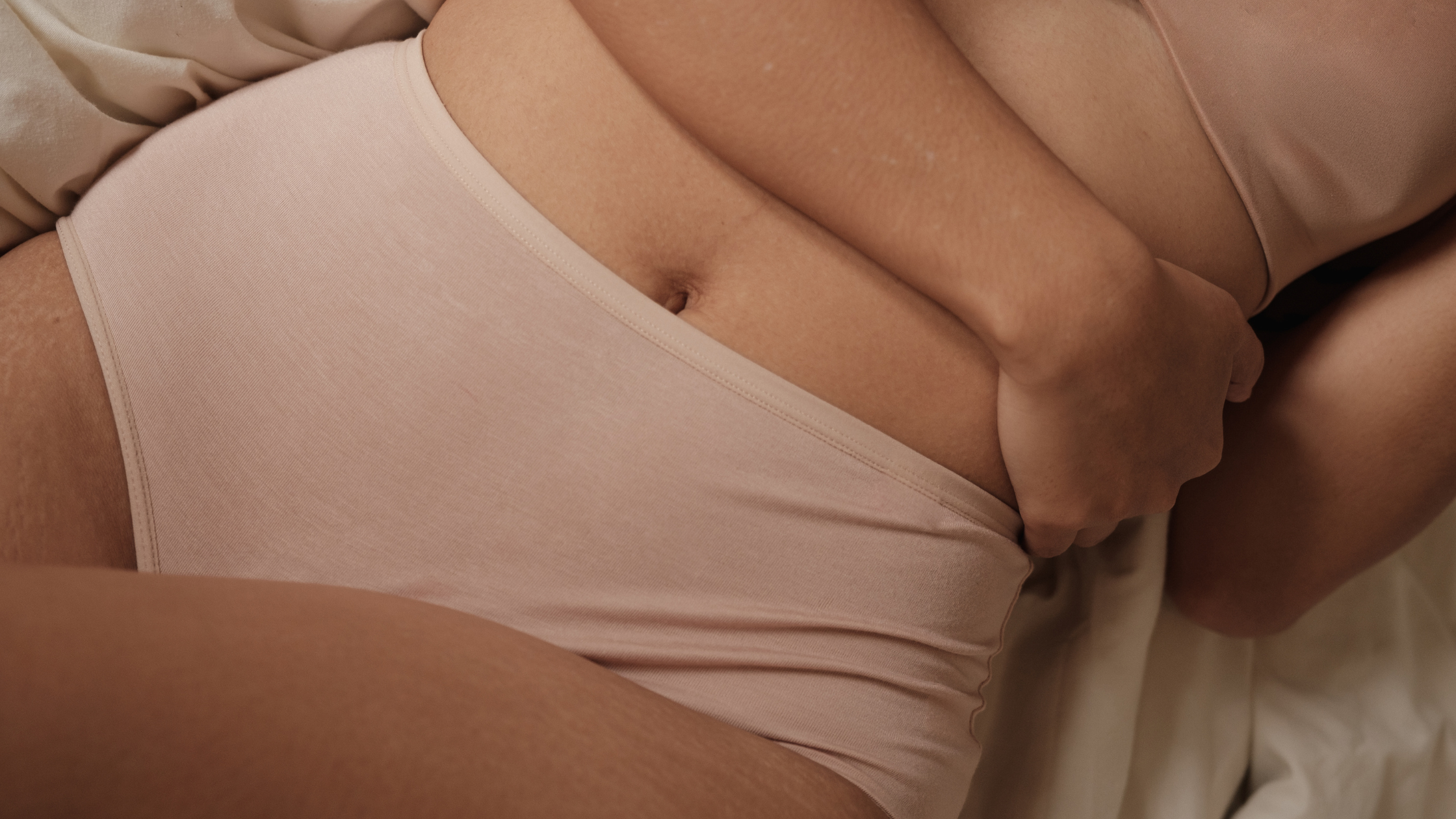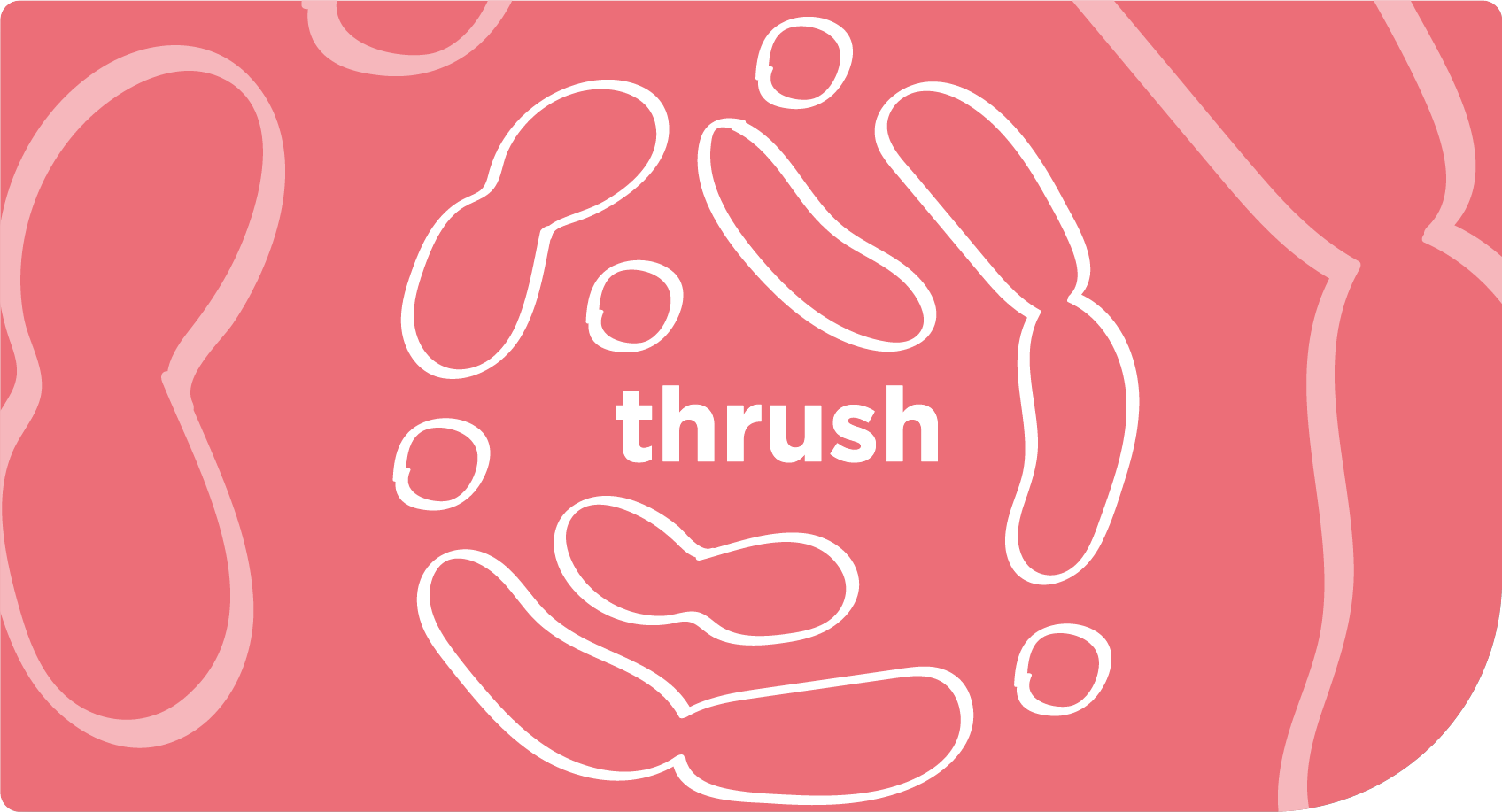A Brief History of the Period Cup
If you’re someone who menstruates, chances are you’ve heard of (or perhaps even tried) a period cup, also referred to as a menstrual cup. Although the period cup – the reusable period care option that collects, rather than absorbs, menstrual fluid – has gained serious traction as of late, did you know that it’s been around since the 1930s?
Period cups have come a long way since then, offering those who menstruate a reusable alternative to tampons, pads & liners. Whether you’re someone with a heavy flow (our own &SISTERS period cup can hold three times the menstrual fluid of a very light tampon!), or an eco warrior trying to cut back on waste (it’s also reusable for up to 10 years), the humble period cup is one of our favourite period care products.
Join us as we explore the history of the small but mighty period cup…
1930s
If you thought period cups were created by an environmentally-minded Millennial, think again – the period cup was actually the brainchild of 1930s female inventor, Leona Chalmers. Like the multi-talented Hollywood actress Hedy Lamarr (a major film star who also happened to invent an early version of what we now know as WiFi), Leona was an American-born author, actress and inventor who was determined to help women go about their daily lives, even during their periods.
Prior to Leona’s invention, people often used rags, cotton wool or other makeshift period products to absorb period blood, but her cup – first referred to as a ‘catamenial receptor’ – allowed people to take control of their period care. The first prototype was patented and brought to market in 1937, but it failed to sell as many complained it was too rigid and difficult to insert. Leona Chalmers then went on to create her second iteration, made of softer ‘vulcanised’ rubber, paving the way for the period cups of today.
1950s
Even after Leona introduced her softer period cup to American women and those who menstruate, her cup failed to take off as disposable period products were first brought to the United States. Many women and those who menstruate at the time felt a sense of shame around handling their own period blood (something we’re still working to change in 2022), and some even felt that inserting anything into the vagina would make them ‘impure’ – a belief that was perpetuated by some doctors!
Two decades after the period cup was first created, businessman Robert Oreck decided to reintroduce his version of the period cup, the Tassette, Inc. ‘Tassaway’, this time with a marketing push. His best-known advertisement read, “Change only 6 times a period. Most women and those who menstruate change far less frequently with this new way of menstrual protection. Tassaway is not a napkin. Not a tampon. It’s a menstrual cup – and 1 is equal to 3 or 4 napkins or tampons. Change to Tassaway and change less often.”
Despite his efforts to convince women and those who menstruate of its benefits over tampons and napkins, the Tassaway cup failed to make a profit, and the period cup disappeared from the menstrual care scene altogether – later reemerging in the 1980s, when it finally began to gain some traction.
1980s
After the sexual liberation era (and as Jane Fonda-style cardio workouts became a regular fixture in the lives of many!), those who menstruate started to become more receptive to the idea of a period care option that helps them live and move freely during their periods. Earlier iterations of the period cup were made of rubber, but a new latex version called The Keeper entered the scene, and it’s still on the market today.
While the newer latex version is more comfortable than the rubber cups, it’s not hypoallergenic – and modern-day cup makers have explored newer materials to give those who menstruate a fuss-free, hypoallergenic period care option.
Now
Period cups have become a mainstream period care option for those with a heavy flow, those living a zero waste lifestyle or those looking for an alternative to traditional pads, tampons and liners. Like the first period cup, our period cup collects, rather than absorbs menstrual fluid, but we’ve made quite a few body and planet-friendly improvements:
- It’s made from hypoallergenic, medical-grade silicone.
- p-H neutral & recommended by gynaecologists, it’s perfect for keeping thrush at bay.
- Our cup can be worn for up to 12 hours, unlike tampons that can only be worn for a maximum of 8 hours.
- We have three sizes for you to choose from to suit various ages, life stages & flows. To find the right size for you, head over to our website.
- If you’re curious about your menstrual output it features internal volume markings so you can track your flow over the course of your cycle.
- The Pebble Pull™ stem allows for comfortable use and easy removal, and the Tri-Flow™ holes allow for gentle suction release.
- With proper care and use, it can last up to a decade, saving the planet (and your bank account) thousands of disposable menstrual products.
Curious about the period cups? Check out our diagram below and if you have any questions, head over to our FAQ & Help page, reach out to us on Instagram or email us at talktomesister@andsisters.co.uk.
